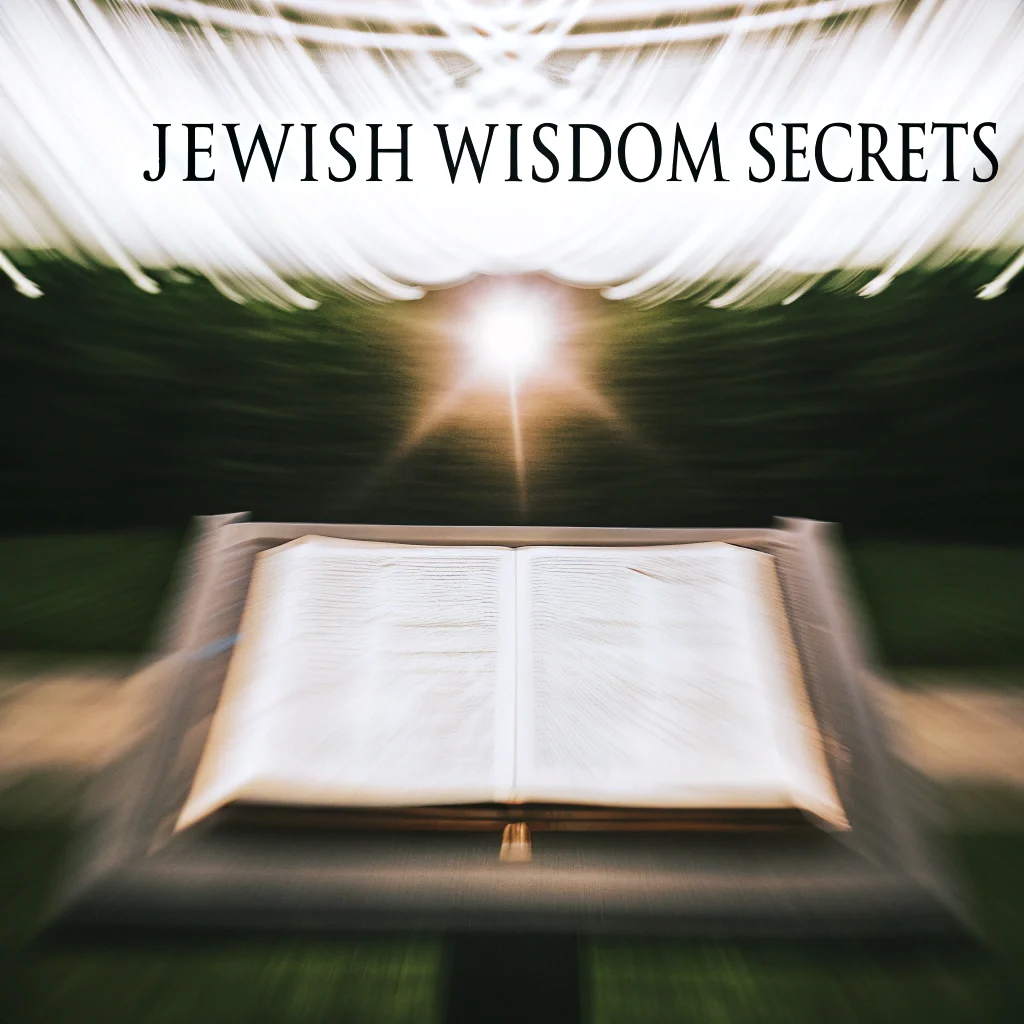The Unity of the Creator remains one of the most profound concepts in spiritual thought. When we try to understand the nature of the Divine, our mind encounters an insurmountable barrier. We are limited by our own experience and perception of the world. How then can we approach understanding something that infinitely surpasses our capabilities? Let’s try to figure this out together, drawing on the wisdom of ancient teachings.
Not a Sum of Parts
Rambam (Maimonides) wrote something remarkable: the Almighty’s essence, being, and knowledge are one and the same. Complete, absolute unity. No complexity or component parts.
This applies not only to knowledge but to all qualities that prophets and sages used to describe the Creator: mercy, kindness, wisdom, will. All these attributes do not add any multiplicity or complexity to Him.
In our world, these qualities are separate. A person has wisdom separately, kindness separately, mercy separately. But with the Almighty, all of this is one whole, an indivisible unity.
Why Can’t We Truly Understand the Unity of the Creator?
The human mind tries to conceptualize any notion based on its own experience. When we think about wisdom, kindness, or mercy, we imagine them as they exist within us.
But the Almighty is “high and exalted,” and “holy is His Name.” This means He is separated from creation by an infinite number of levels. He is so far above all possible praises and definitions that creatures simply cannot imagine it.
As Rambam said: “This cannot be expressed in words, nor heard by the ear, nor can the human heart fully comprehend it.”
The Ladder of Life Force in Creation
To get a little closer to understanding, let’s look at how life force manifests in creation:
- Wisdom — the highest level, the “beginning” of everything. The source of life force.
- From wisdom come understanding and knowledge.
- From these arise emotions — love, kindness, mercy.
- Emotions generate thoughts — words and letters in the mind.
- From thoughts come spoken words.
- Words lead to actions.
Notice how the life force diminishes at each step of this ladder. Action contains much less life force than speech, speech less than thought, and so on.
The Difference Between Man and the Unity of the Creator
Observing children, we see this hierarchy clearly. A child who still lacks knowledge is often angry and cruel. They love insignificant things because they cannot recognize and love what is truly worthy of love.
Why? Because “love arises in proportion to knowledge.” Our emotions directly depend on our understanding.
But with the Almighty, everything is different. For Him, wisdom and action are equally distant from His true essence. From His perspective, there is no hierarchy between them — this is the perfect Unity of the Creator.
How to Apply Knowledge of the Unity of the Creator in Life?
Understanding Divine unity helps us:
- See the wholeness of the world. Everything is connected at a deep level, even if we don’t always notice it.
- Develop our wisdom. If even in humans wisdom is the source of all other qualities, how important it is to develop it!
- Value every good deed. Although action is at the bottom rung of the life force ladder, it is through actions that we change the world.
- Strive for unity within ourselves. When our thoughts, words, and deeds are aligned, we reflect Divine unity in a small resemblance.
Conclusion: Embracing the Unity of the Creator
The Unity of the Creator is one of the deepest concepts of spiritual knowledge. Although we cannot fully comprehend it, the very striving for understanding expands the boundaries of our consciousness and brings us closer to truth.
When we realize that even our highest ability — wisdom — is just a faint reflection of Divine light, we gain true humility and simultaneously greatness.
This article is based on the eighth chapter of the book “Tanya – Part 2 – Shaar HaYichud VehaEmunah” by Rabbi Schneur Zalman of Liadi, one of the greatest Hasidic thinkers.
Afterword: The text of this article has not been approved by any sage, Torah scholar, or rabbi and is merely a simplified adaptation of the sacred text for general understanding. For comprehension of true wisdom and a deeper understanding of the original text, you should refer to the sources.
This and all other article texts of the Mega-Charity.Org resource express only the personal opinions of the authors who compiled them. They are intended only for general and superficial understanding of the real sources of wisdom. References to which are provided.



